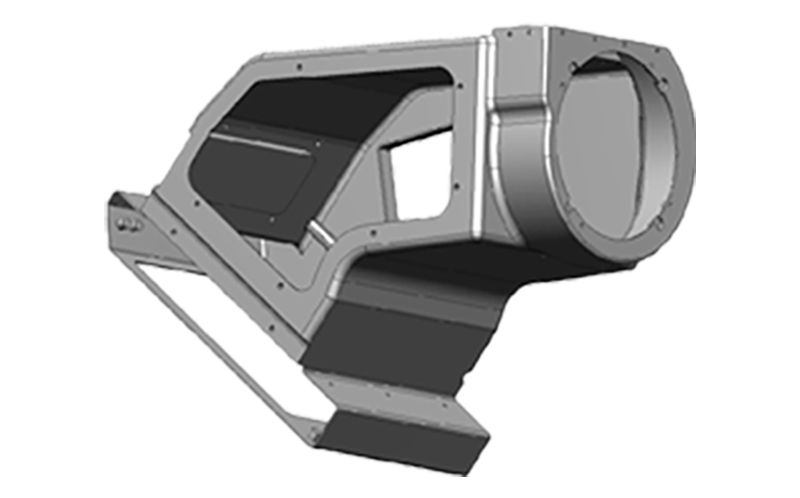The importance of Wall Thickness Uniformity in Rotational Molding
 Mar 20,2024
Mar 20,2024

The importance of Wall Thickness Uniformity in Rotational Molding
Wall thickness uniformity is an important factor in rotational molding. Achieving uniform wall thickness is essential for ensuring structural integrity, durability, and overall product performance. This article explores the significance of wall thickness uniformity in rotational molding design and provides guidelines to achieve it.

The Importance of Wall Thickness Uniformity
1.Structural Integrity
Uniform wall thickness ensures consistent material distribution throughout the product, resulting in uniform stress distribution and improved structural integrity. This helps prevent weak points or stress concentrations that can lead to product failure or deformation.
2.Performance
Uniform wall thickness contributes to consistent product performance, such as impact resistance, heat resistance, and chemical resistance. Non-uniform wall thickness can result in uneven performance, with some areas being more prone to damage or failure than others.
3.Aesthetics
A uniform wall thickness leads to a smooth and consistent surface finish, enhancing the overall aesthetics of the product. Non-uniform wall thickness can cause visible variations in the product's appearance, such as dimples or waves.
4. Manufacturing Efficiency
Achieving uniform wall thickness can optimize material usage and reduce the risk of manufacturing defects, such as sink marks or voids. This leads to improved manufacturing efficiency and lower production costs.
Challenges in Achieving Wall Thickness Uniformity
1.Complex Geometries
Products with complex geometries, such as curves, corners, or protrusions, can make it challenging to achieve uniform wall thickness. The material may not flow evenly in all areas of the mold, resulting in variations in wall thickness.
2.Material Properties
Different materials have varying flow properties, which can affect wall thickness uniformity. Materials with high melt viscosity may require adjustments in the rotational molding process to achieve uniform thickness.
3.Process Parameters
The rotational molding process involves various parameters, such as heating and cooling times, rotational speeds, and mold design. Incorrectly set parameters can lead to non-uniform wall thickness.
Guidelines for Achieving Wall Thickness Uniformity
1. Design Considerations
Design the product with simplicity and uniformity in mind. Avoid sharp changes in direction or excessive protrusions that can cause material flow issues. Gradual transitions and rounded corners can help achieve more uniform wall thickness.
2.Material Selection
Choose materials with suitable flow properties for the desired wall thickness. Materials with lower melt viscosity may flow more easily and result in more uniform wall thickness.
3.Process Optimization
Adjust the rotational molding process parameters, such as heating and cooling times, rotational speeds, and mold design, to achieve uniform wall thickness. This may involve conducting trial runs and making incremental adjustments.
4.Mold Design
Design the mold with features that promote uniform material flow, such as proper cooling channels and uniform spacing between mold halves. The mold design plays a crucial role in achieving uniform wall thickness.
5.Quality Control
Implement rigorous quality control measures, such as thickness gauges and visual inspections, to ensure that the final product meets the required wall thickness specifications.
As a rotational molding manufacturer with rich experience, Light Venus can provide advice and technical information about the production of high-end plastic part and products. To learn more about us and our custom rotational molding service, contact us.
 Tel: 0086-13632687993
Tel: 0086-13632687993  Email: roto@lightvenus.com
Email: roto@lightvenus.com

 Home
Home General Design Guidelines for Corner Radii in Rotomolded Products
General Design Guidelines for Corner Radii in Rotomolded Products  You May Also Like
You May Also Like



 Tel
Tel
 Email
Email
 Address
Address








